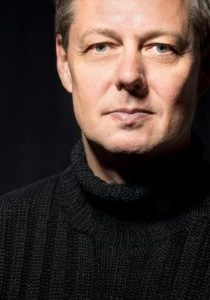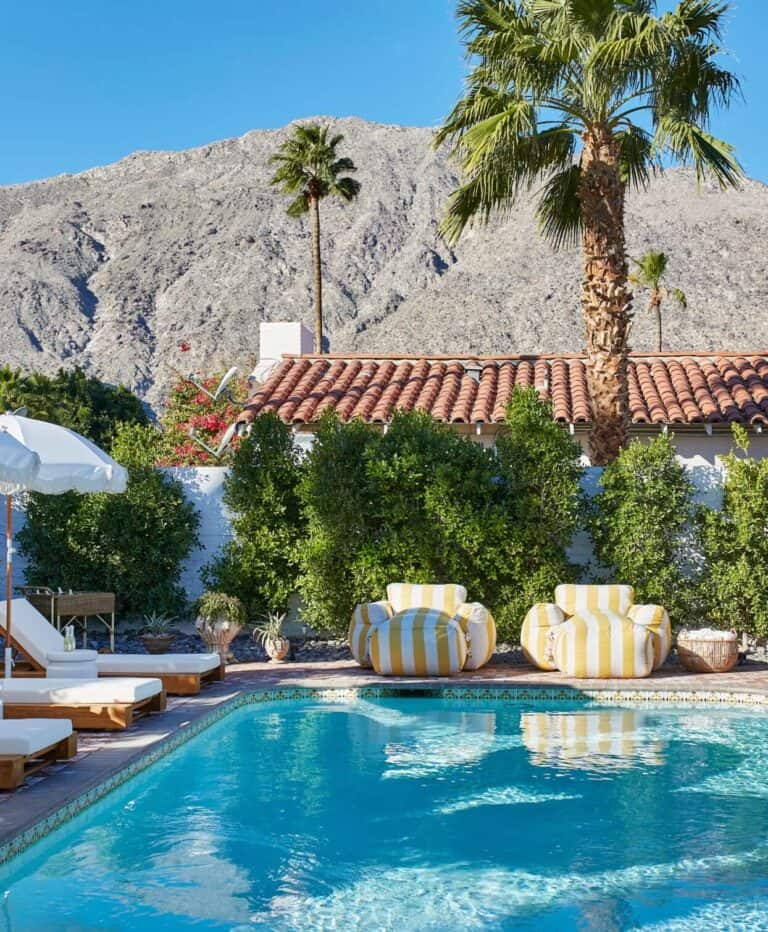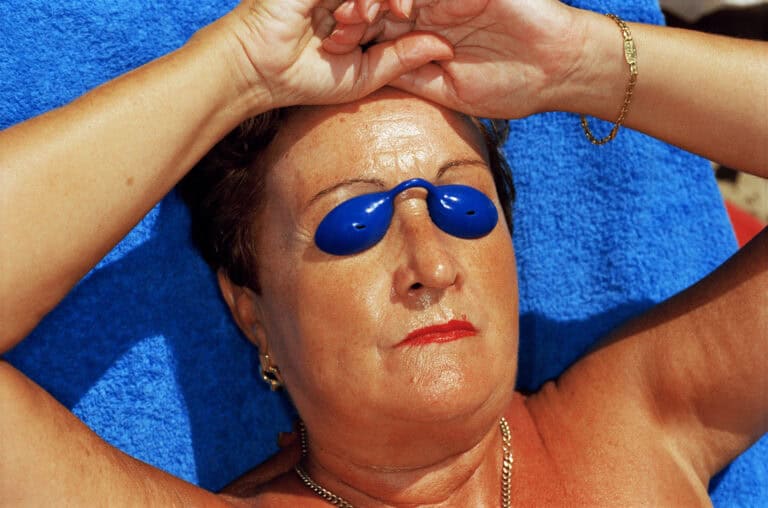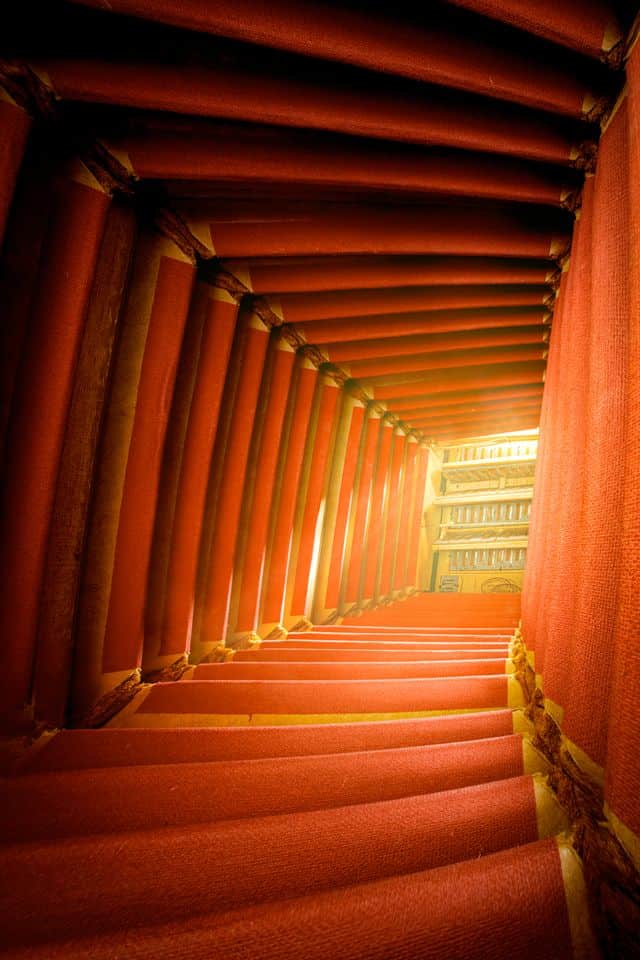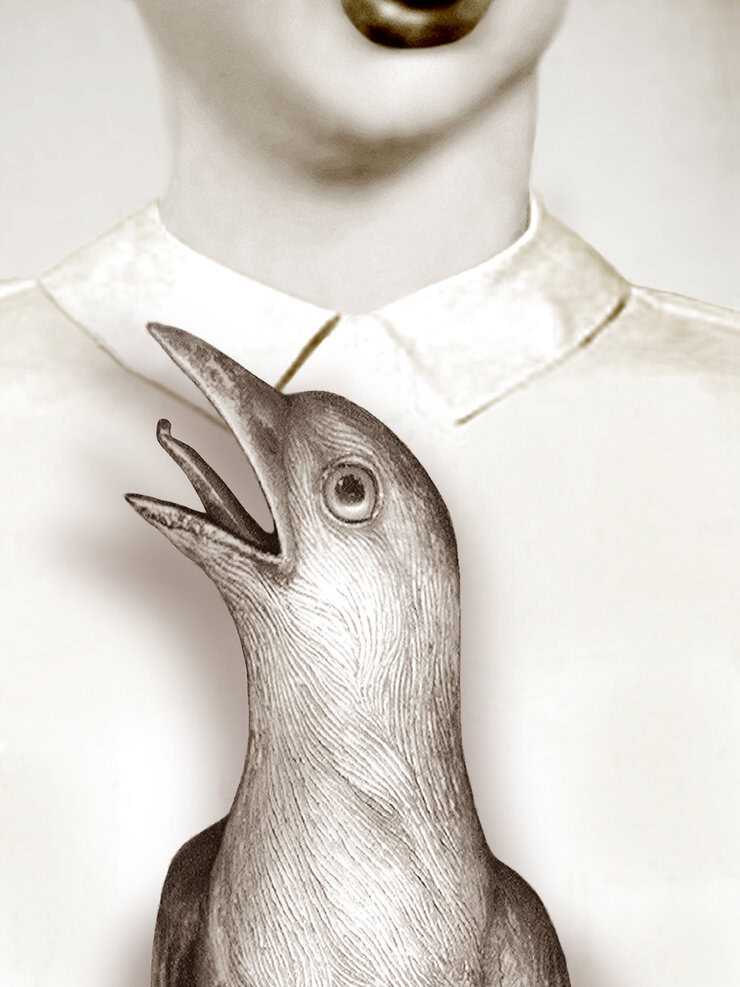
Contemporary Photography from Australia
Thomas Werner
Defining Place/Space: Contemporary Photography from Australia
You find yourself seduced by sunshine and beauty as you walk through Balboa Park. With its palm tree lined walkways and Spanish Colonial Revival architecture. As you find your way to San Diego’s Museum of Photographic Art (MOPA). Turning into the museum you are greeted by a newly renovated entrance and photography exhibition space. Which is refreshingly contemporary while complimenting its historical home.
Cook’s polished images depict the shock
Standing in the entry it would be easy to veer left into a captivating interactive space. But four large scale photographs from Australian artist Michael Cook’s series Invasion draw you into to the main hall. Born of Aboriginal descent Cook’s polished images depict the shock. The shock that enveloped the Australian continent when European explorers appeared on Aboriginal shores. This is achieved by turning around the dominant view. Taking alien creatures representing Aboriginals into iconic London based cityscapes. With white urban residents their victims as the sci-fi scaled animals wreak havoc within the city. This mix of aesthetically engaging technique combined with socio-cultural commentary. Is an apt introduction to Defining Place/Space: Contemporary Photography from Australia.
Rich contemporary photographic dialog
A survey of contemporary Australian photography. The exhibition purposefully provides a broad range of insights into the country’s rich contemporary photographic dialog. For instance, Hoda Afshar’s photographs deal with representations of marginality, displacement, and intimate communities of those considered the other.
Exhibited here are a series of contemporary photography from Behold . Exploring the lives of a small group of gay men in Iran, where homosexuality is illegal. During an exhibition at MARS Gallery Hoda described the work as follows. “There, where they live, these men (and many others like them) are mostly left to be. But only on the condition that they lead one part of their lives in secret. Rarely, that is, do their bodies ever meet in open honesty outside, in public. Only here, in this bathhouse, where their desire to be seen and embraced by others. Just to be and to be held is played out the partial openness of these four closed walls.”
Surrealist influenced collages
Polixeni Papapetrou’s Eden is comprised of a series of portraits of young women that speak to the passing of time. Showing the transition from the innocence of adolescence into adulthood. Pat Brassington’s surrealist influenced collages are drawn from an archive of her own photographs. These deal with ideas of instinct, innate urges, and the corporeal. As the artist notes, her images are positioned, “just off the verge of normality, into those dense patches where the commonplace goes awry”. Rosemary Liang’s work is cinematic in its staging and capture. The Museum of Contemporary Art Australia characterized her work as follows. “A vast majority of Laing’s contemporary photography relates strongly to cultural and historical places throughout Australia. With staged sceneries, Laing involves the politics of particular locations as well as elements of current and modern culture.”
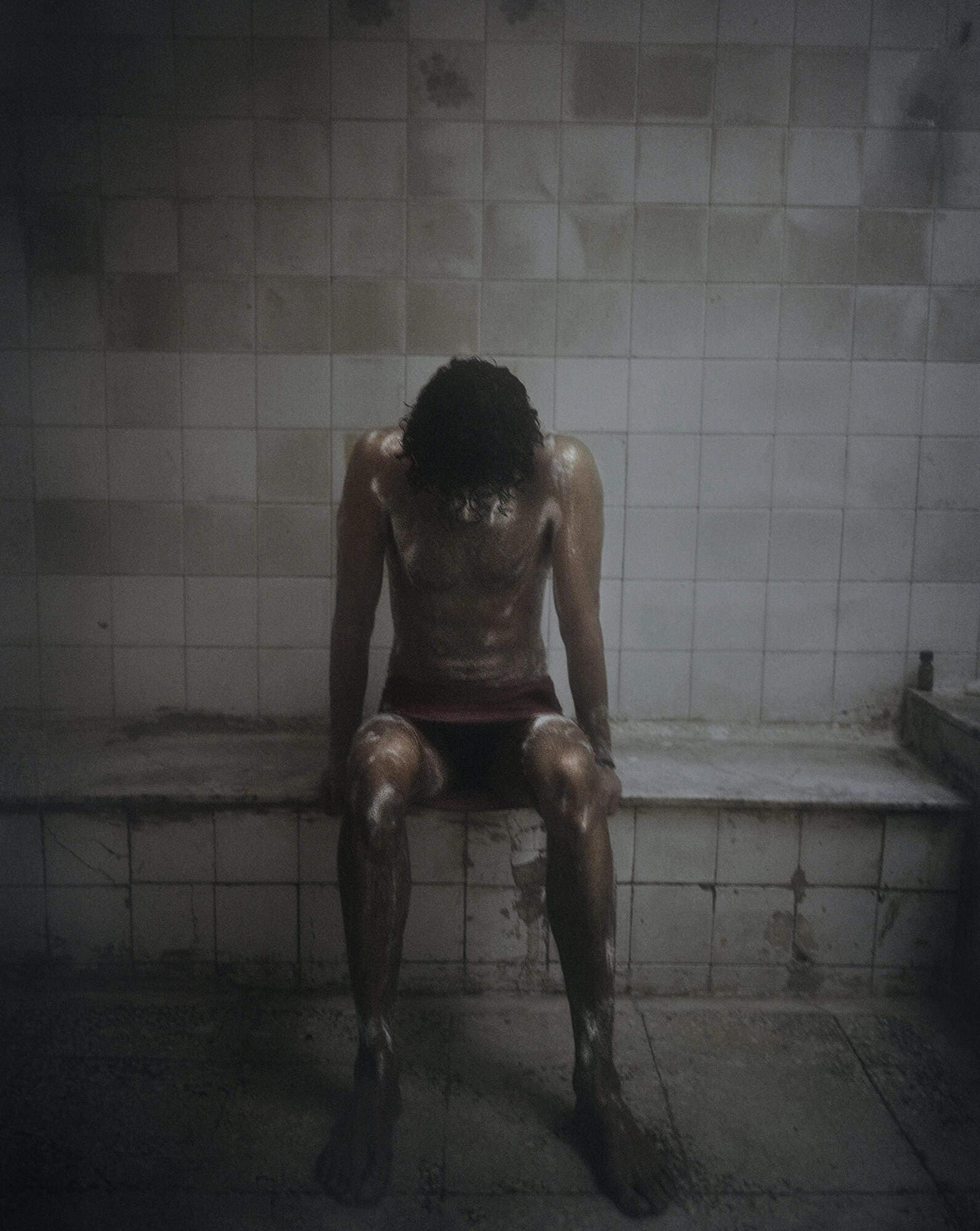
Thirteen artists
The Contemporary Photography exhibition is comprised of thirteen artists. Several of whom are being exhibited in the United States for the first time. Artists include: Hoda Afshar, Polly Borland, Pat Brassington, Rosemary Laing, Polixeni Papapetrou, Trent Parke, Patrick Pound, Jacky Redgate, Justine Varga, Michael Cook, James Tylor, Tracey Moffatt and Ricky Maynard. The photographers were nominated by a team of five Australian curators of contemporary photography. Julie Robinson, Art Gallery of South Australia; Susan Van Wyk, National Gallery of Victoria. Dr. Shaune Lakin, National Gallery of Australia. Gael Newton and Judy Annear, with the finalists selected by MOPA’s Executive Director and Chief Curator, Deborah Klochko.
The nomination of four Aboriginal artists touches upon the Australia’s relationship with its indigenous population. The manner in which the country’s history affects contemporary photography making. The result is a compelling collection of work that builds on the museum’s mission to engage audiences. In a nuanced global conversation with specific attention to a broadly defined Pacific Rim.
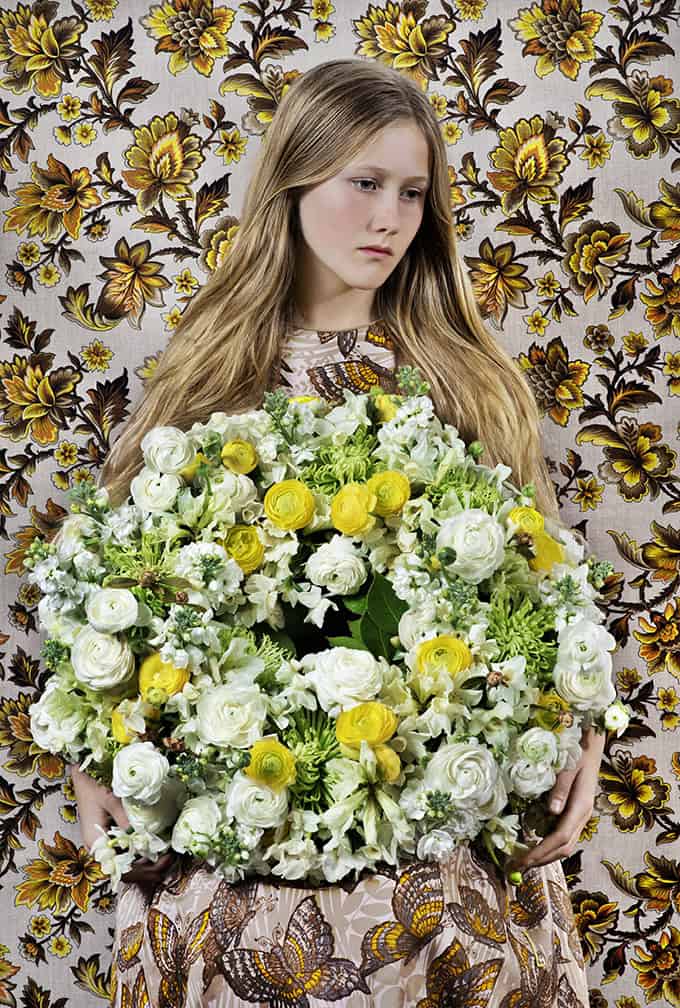
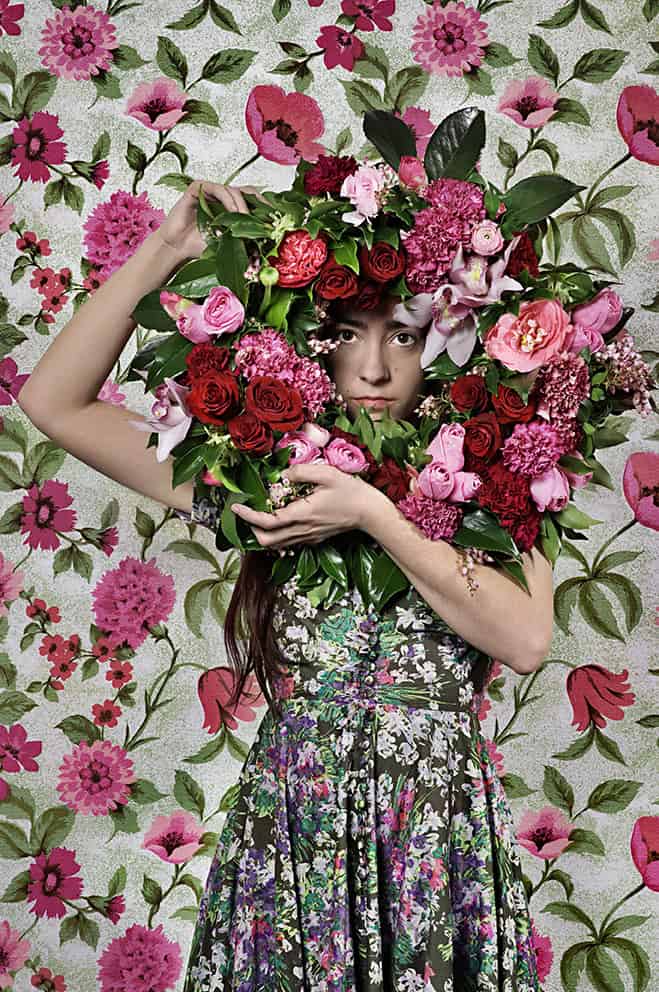
Exhibitions such as this combined with MOPA’s educational outreach. Make the museum an important stop in Southern California’s burgeoning art scene.
Defining Place/Space: Contemporary Photography from Australia March 6, 2019 through September 22, 2019. www.MOPA.org
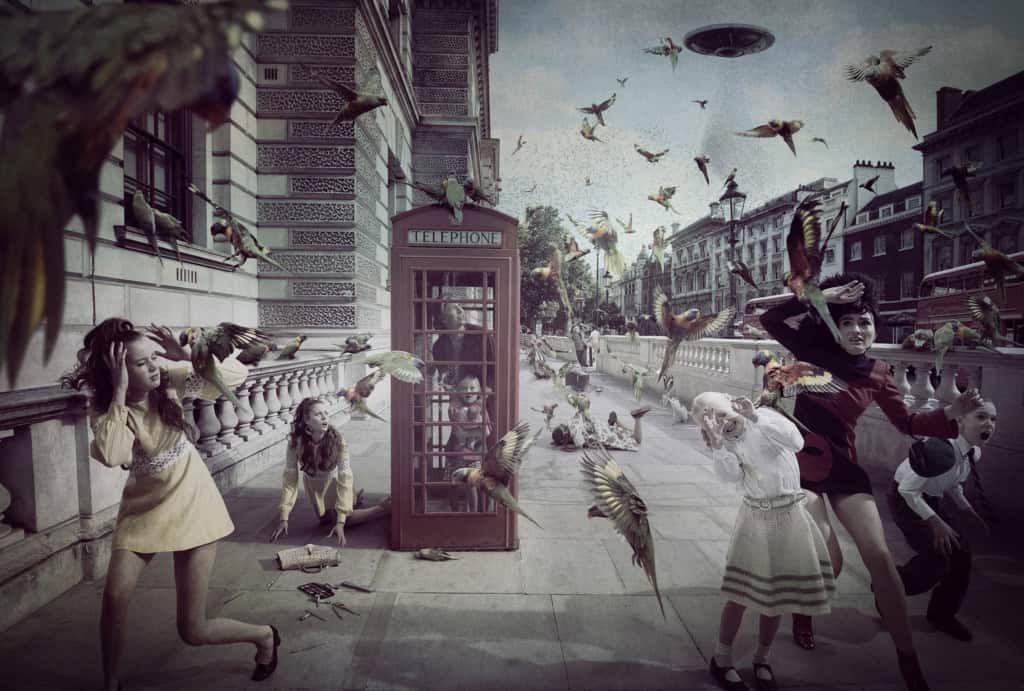
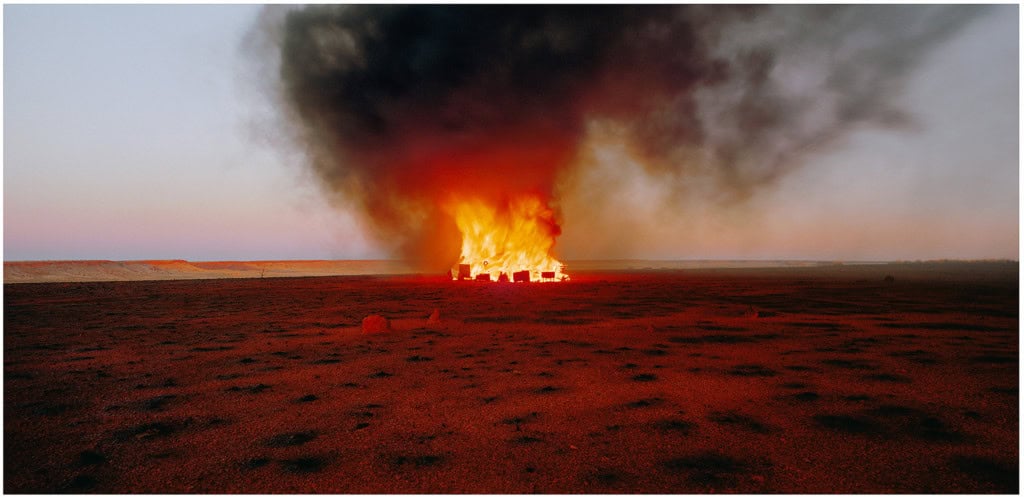
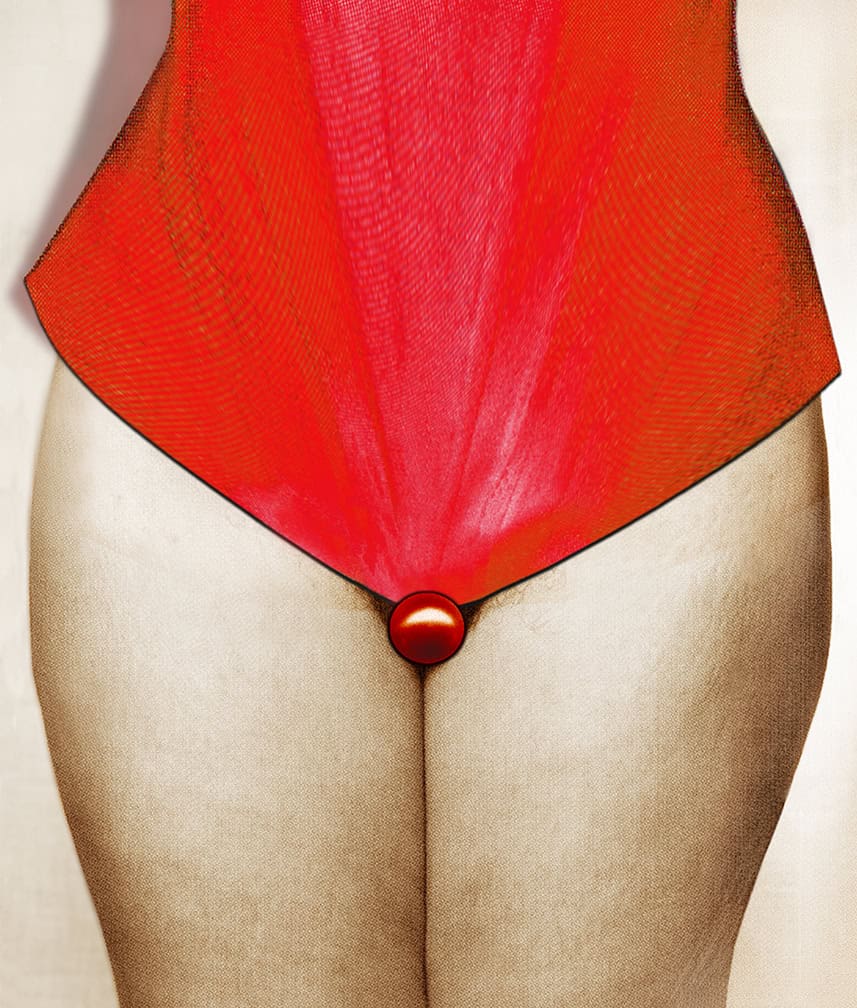
Review by Thomas Werner
Author of The Fashion Image, Bloomsbury Publishing
Editor At Large IRK Magazine, Paris
Share this post
Thomas is the author of the books The Business of Fine Art Photography, Routledge, New York, and The Fashion Image for Bloomsbury Publishing, London, with an upcoming book co-authored with Microsoft BING and AI team leader Derrick Connell due out in early 2026. He is also an Editor at Large for IRKmagazine, Board Member for the Santa Fe Council CENTER for Photographic Art, and past Photography Program Director at Parsons School of Design in New York. He is the former owner of Thomas Werner Gallery in Manhattan’s Chelsea Art District, and a former National Board member and New York Chapter President for the American Society of Media Photographers. As well as a former Advisory Board Member for Ithaca College’s Executive Education Program, contributor to Adobe’s Lightroom Academy, and a photography consultant for COACH, among others.
Werner led a team developing a media and literacy website for the United Nations Alliance of Civilizations/UNESCO and was a recurring instructor for the United Nations Education First Summer School. From 2005 – 2019 he worked with the United States Department of State on cultural projects in Russia partnering with 32 cultural, educational, and governmental organizations to develop projects in 29 cities. As an exhibiting artist Thomas was represented by galleries in New York and Los Angeles, and his work reviewed in The New Yorker Magazine.
Currently a creative consultant, Thomas works one on one with students, creatives, businesses, cultural institutions, and not for profits, helping them with career development, team management, innovation, education, professional practices, and the development of effective communication across multiple media platforms.
For fourteen years his research was Russia centric spending an average of 30 days a year in the country. The focus was the introduction of contemporary education methodologies, and the development of creative cultures within the country. Russian partners have included; The State Hermitage Museum, the National Center of Contemporary Art, Perm Regional Government, The Moscow Biennale for Young Art, National Centre of Photography for the Russian Federation, The Central State Archive of Film, Photographic and Phonographic Documents, The Moscow Biennale, The Pro Arte Foundation, and others. He has curated exhibitions in the United States and abroad, including seven co-curated exhibitions at the State Hermitage Museum in Saint Petersburg, Russia. His private collection of Russian photographs and artifacts have been exhibited internationally.
Thomaswernerprojects.com @Thomaswernerprojects IG
Read Next

